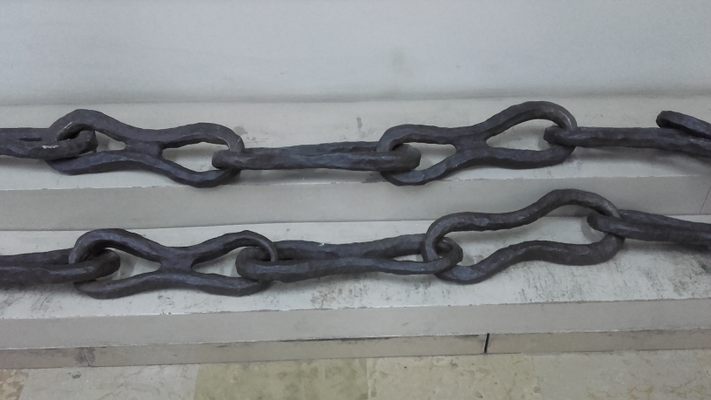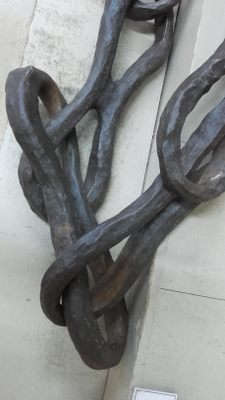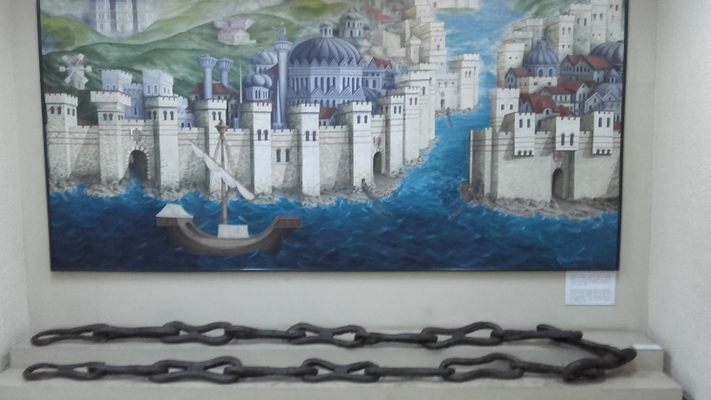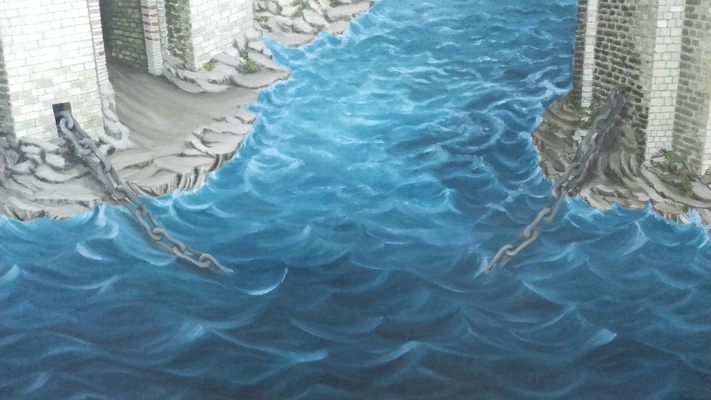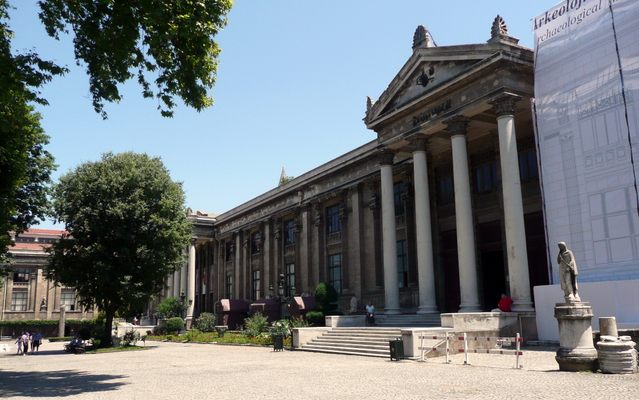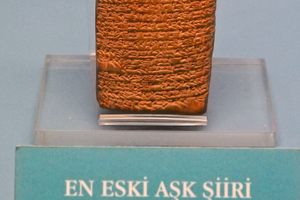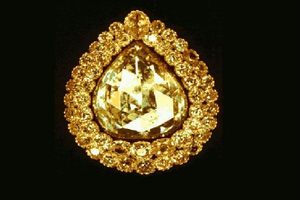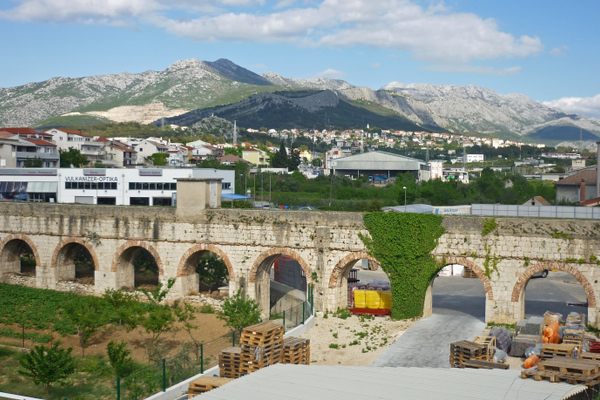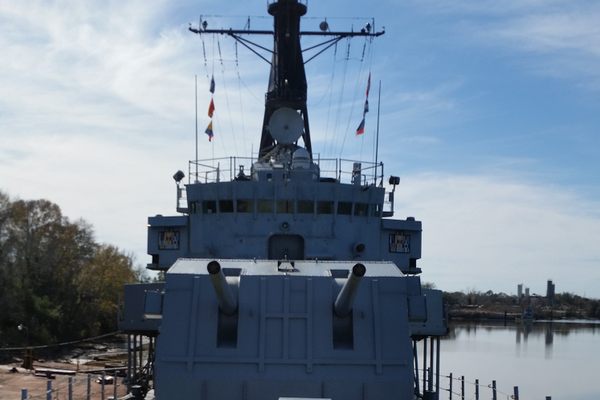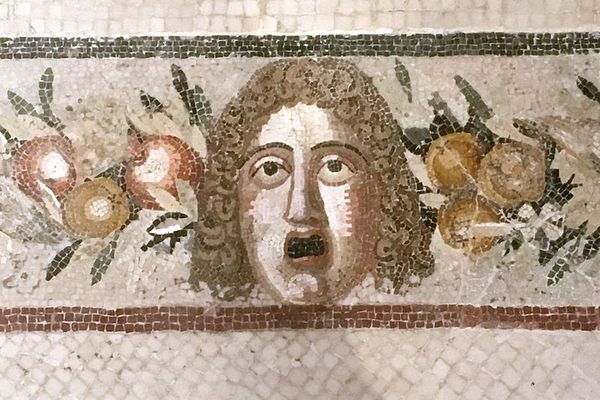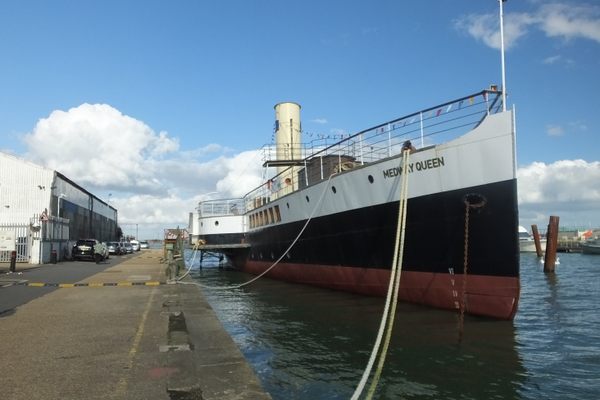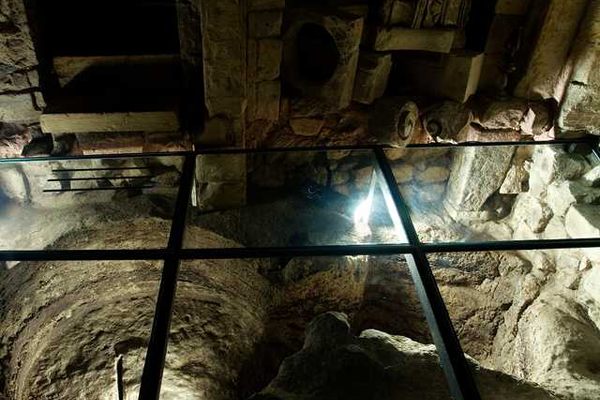About
In the Middle Ages, the city of Constantinople, the prized capital of the Byzantine Empire, was nearly impregnable. It was surrounded by a double line of walls on land, and the strong currents of the Bosphorus Strait hindered the docking of enemy ships. However, there was a weak point: the calm waters of the Golden Horn.
The Golden Horn is a vaguely horn-shaped estuary that leads right into the heart of the city. This quiet anchorage would have allowed enemies’ ships to advance into a position where they could order an attack on both sides of the city. The solution to this problem was to stretch a long iron chain across the vulnerable waterway.
This defensive chain, estimated to date to around the 8th century, was extended from a secured tower just east of Topkapi Palace on the south bank to another point in a lost fortress on the north side of the city (where the Yeralti Camii underground mosque is located today). At first, the chain was floated on wooden floats or barrels. Later, a mechanism was installed so that it could be raised to allow the passage of friendly ships.
Scholars believe that after the Turkish conquest of the city, the chain was placed in storage somewhere in the newly named Istanbul, and eventually, parts of it were given to various museums in the city to preserve. One section of the chain is now displayed in the Istanbul Archeological Museum. Next to the section, there is a modern painting (itself based on an engraving from 1493), which depicts the city walls and the monumental buildings within, as well as the formidable chain that closed the entrance to the Golden Horn.
Related Tags
Know Before You Go
The museum recommends visiting via public transit as there is no parking lot at the museum. By tram, take Line T-1 to Gülhane istasyonu station. The museum is open every day except Monday.
Community Contributors
Added By
Published
September 19, 2018
